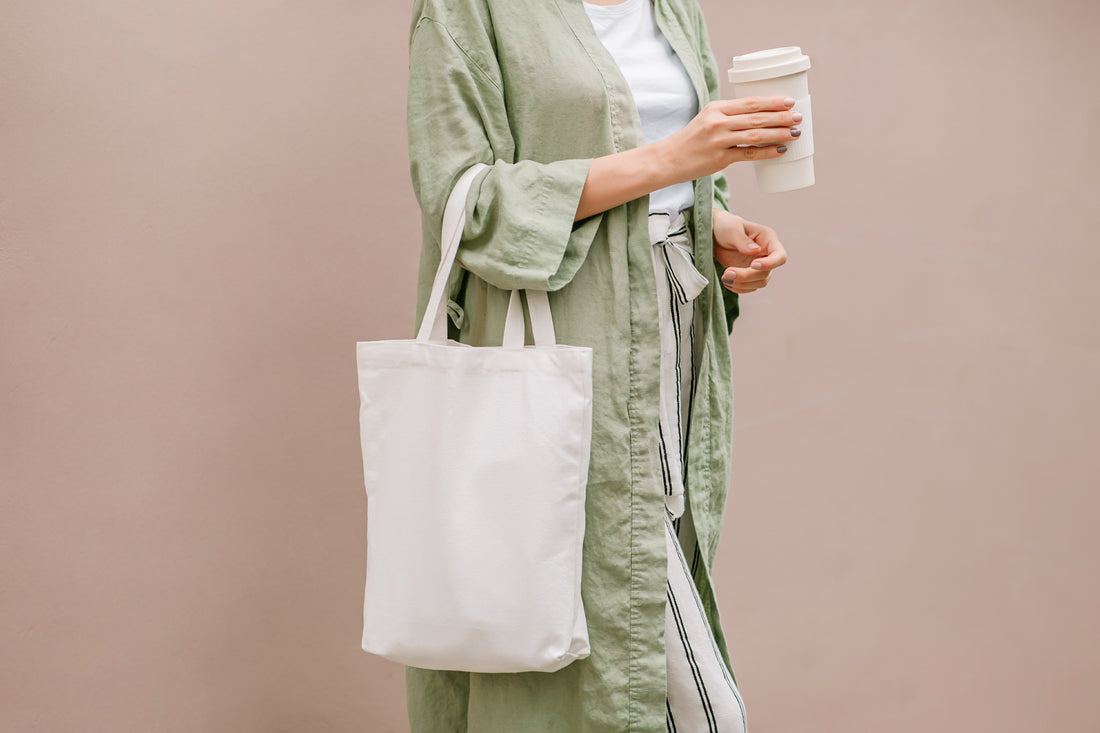
4 Tips for Living a More Sustainable Lifestyle
If you follow our blog, chances are you’re interested in finding ways to minimize your impact on the environment and live sustainably. While we all want to do good, it can sometimes feel overwhelming and challenging to figure out what we can actually do to help. We believe that doing good doesn’t need to be difficult, so we’ve put together some simple tips for living more sustainably.
An added bonus is that the majority of these tips aren’t just sustainable and good for the environment, but they’re also good for you! Choosing sustainable lifestyle options means you’re also choosing a more natural way of living, which includes more time outdoors, less interaction with toxic/chemical filled products, healthier food, etc. etc. You’ll be doing good for yourself and for the planet, and it doesn’t get much better than that.

Buy less
While there are tons of wonderful zero waste and sustainable products available to purchase, one of the best things you can do is to simply buy less. While it’s great to purchase sustainable products, they still have an impact on the environment, and we as a society tend to purchase and consume way more than we need. A kitchen filled with all of the latest reusable and sustainable products and gadgets, for example, is still a kitchen full of a lot of excess- sustainable or not.
By simply buying less you’ll greatly reduce your own carbon footprint, as the production of even sustainable items puts a burden on the earth. Of course, we’re not saying you need to live sparse or go without but taking time to evaluate what you really need or want will help you to cut down on purchasing unnecessary items.
Choose sustainable products
When you are buying things, vote with your dollar by supporting sustainable and eco-friendly businesses. Do some research to find brands that align with your values and that are creating ethically made products that aim to minimize their impact on the planet.
At A1HC, we’re committed to creating our products from sustainable materials, like organic cotton and coconut coir, and we are thrilled to announce that we have recently received our fair trade certification. You can learn more about our materials here.

Grow your own food
One of the most satisfying and fun sustainable activities is to grow your own food, and it’s possible regardless of the size of your home or access to outdoors! If you live in an apartment, you can grow herbs and low-maintenance produce (like tomatoes) on your window ledge, and if you have a backyard or access to outdoor space, the options are endless!
Growing your own food is about as local and organic as it gets, and it’s a fraction of the cost of store bough produce. By supplementing your produce with your own home grown fruits and vegetables, you’re cutting down on the use of pesticides and chemicals used as well as eliminating the carbon emissions and waste from transportation of the food (did you know food travels an average of 1500+ miles before being consumed?). It can also help to foster a true appreciation for your food and for the effort that goes into growing our food supply.
Walk instead of drive
Rather than hopping in your car every time you need to get somewhere, consider walking instead. Keeping cars off the road is a huge win for the environment, and you’ll be getting exercise and time spent outside (not to mention, you’ll save money on gas and parking).
It’s so easy to default to the convenience of a car, but by planning ahead, you can make a few switches throughout the week. At the beginning of the week, choose a few places you’re going to walk to instead of drive, and commit to it. Depending on where you live and your proximity to work, etc. this won’t be as easy for everyone, and if driving is your only option, you can also consider parking a little further from your destination and at least enjoy walking a few extra blocks.
Want to learn more about our commitment to sustainability? Check out our story and information about our materials.
